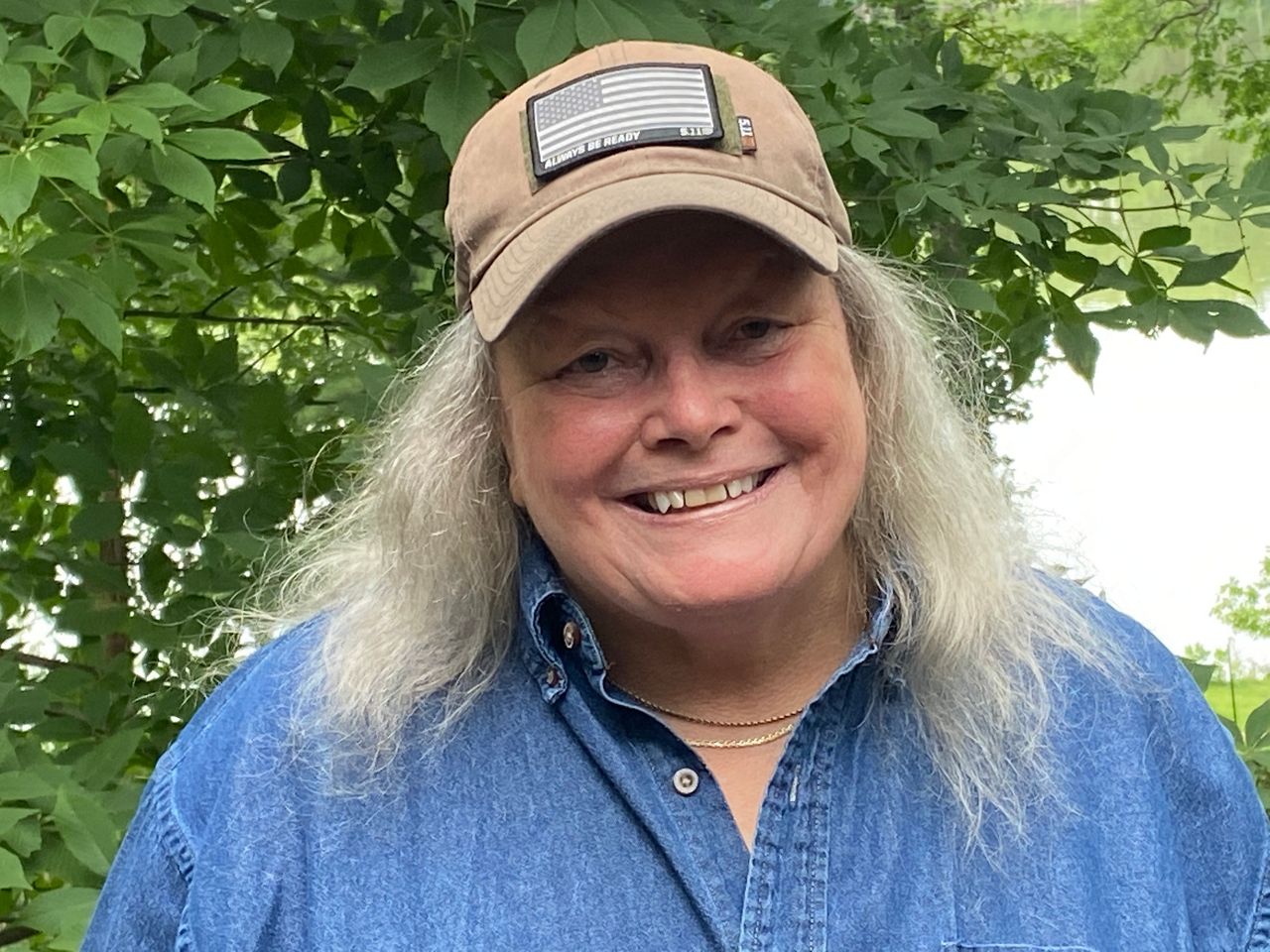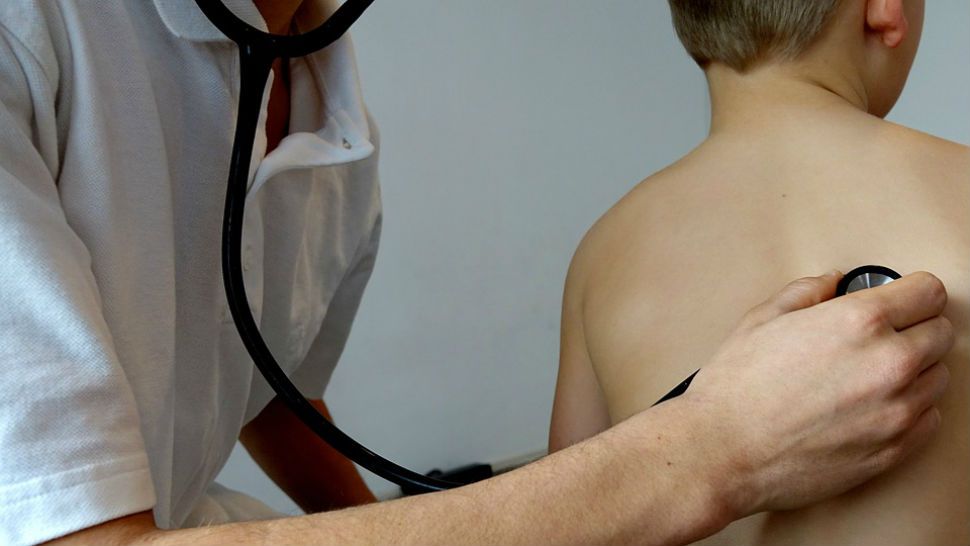APPLETON, Wis. — The words had barely fallen out of Linda Pratsch’s mouth when a chorus of moaning and gnashing of teeth began to pierce her ears.
The classmates before her at UW-Green Bay thought her idea was bad — like concrete parachute bad.
This scene took place in 1971 when Pratsch was in a class on how to be a social change agent. She had been tasked with selecting a standing institution in the community — like the YMCA or Big Brothers Big Sisters — and institute some degree of change.
She initially selected Brown County Social Services, a decision she soon regretted. Wasn’t her cup of tea, she said. So, instead, Pratsch came up with the idea of starting a free community health clinic, instantly making her the least popular girl in class.
“Nobody was for me doing something different because they all had to go to all these institutions and do something there,’’ said Pratsch, a 71-year-old Appleton resident. “I knew I was not going to be successful in helping other people with the parameters I was given in that class. So I had to buck the actual, not the purpose of the class, but the curriculum of the class. I had to make that special, for me. So I just kept fighting for my idea.’’
That unpopular proposition is now called the N.E.W. Community Clinic. It has locations on the east and west side of Green Bay and it has served thousands and thousands of people over the years. And, today, it turns 50.
So, how’d your class project turn out?
****
Pratsch’s idea was hatched when she was in Denver during a break in the school year and needed medical assistance. So she went to a local free clinic. Then, she said to herself, “Why not Green Bay?’’
“I didn’t think people had enough access to the needs they really needed to be fulfilled, and the people trying to fulfill those needs really didn’t have enough means to be able to do that because of the bureaucracy,’’ she said.

When she returned to Green Bay, she headed straight to Milwaukee, where she spoke with a gentleman who started a free clinic in the basement of St. Mary’s Hospital.
But now she had to show there was a need in Green Bay.
“So my family, mostly my sisters and high school friends, I was sending them all around Green Bay asking, ‘If there’s a free clinic, would you use it?’’’ said Pratsch. “And the demographics from that just turned out amazing; how many people would actually do that if they could.’’
In a December 1987 story in "The Fourth Estate," the UWGB school newspaper, the late Rolfe White, who was an associate professor of social sciences and Pratsch’s teacher, said of Pratsch:
“She was a rebel at heart. She went around the country, looking at different free clinics. She mobilized a core of volunteers, got donated equipment; all we needed was a facility.’’
The People’s Drug Abuse Center offered the Green Bay Free Clinic a shared space, and on July 27, 1971, the doors were opened. And Pratsch was finally able to get her diploma.
“I understood Rolfe White’s point,’’ she said. “He was one of the teachers, and I had to really make my part of that come true in order for me to actually pass that class.’’
But even with the doors open what the clinic really needed was the blessing of the medical community, as the facility needed doctors, nurses and other volunteer personnel.
And that was not exactly a given.
“These were social work students,’’ said Heidi Selberg, the current president of the board of directors of the N.E.W. Community Clinic. “This wasn’t even like a nursing class or a medical school. This was a social work class. You talk about a group of people who are going to be skeptical.”
There were concerns about performing duplicate services, among others, but over time the clinic has honed in on its niche and has gained the full support of the local health organizations.
“The philosophy of the clinic, right from the get-go, is to not duplicate, but to fill in gaps,’’ said Selberg, who said the clinic also works with the homeless and also offers dental care. “So, for example, there are people who work full-time, are not qualified for Medicaid but make so little money that they don’t have private insurance either. And a place like the clinic — where we have sliding fee scales and also provide free care — can provide them with that necessary health care in a way that they can retain their dignity.”
The clinic, as it turns out, is precisely what school administrators had in mind when UW-Green Bay opened its doors in 1965.
“I was a student at UWGB about the time that this was all going on,’’ said Selberg, “and I remember how the philosophy of the “communiversity” idea that UW-Green Bay had, and how they wanted to take the university into the community and make a difference locally.
“Boy, I’ve got to believe this is the epitome of what they were striving for at that point in time. A lot of the credit goes to the people who came up with that educational approach as well; to be able to have a setting in which Linda was able to come up with an idea like that and make it a reality.’’
****
On the first day the clinic opened, 19 patients were seen. Today, the N.E.W. Community Clinic sees 10,000 patients annually.
“I had a former colleague that retired from HSHS (Hospital Sisters Healthy System), and my colleague referred to the clinic as a community treasure,’’ Selberg said. “I’ve been quoting that a lot because, first of all, I think it’s touching, and I think it captures the essence of what we do.’’
Pratsch served as the clinic’s first administrator, establishing a seamless procedure that no matter who came through, be it administrators, doctors, volunteers, the processes would remain the same. She credits Bonnie Kuhr, who served for several years as the clinic administrator, and White, who had a long stint on the board of directors, as two of the key people in maintaining the clinic’s longevity and growth.
“Bonnie and Rolph just basically committed their lives to keep this dream going,’’ she said. "And, they did a marvelous, marvelous job.’’
Pratsch went on to start her own business — L&L Transportation Services, LLC — along with her husband, Larry, and the business is now in its 41st year of operation.
But her heart has never left the clinic.
“I’m extremely proud of its acceptance in the whole northeastern Wisconsin community,’’ she said. “I’m extremely proud of the doctors that saw my vision as well and the administrators and anybody who helped with that. To me, it’s just amazing. You don’t think about it, and all of a sudden, it’s 50 years. Are you kidding me? And it’s still relevant today, and I think that is the key.’’
And, remember, this was a class project, where the goal for most students is a passing grade and nothing more.
“It’s an absolutely remarkable story,’’ said Selberg. “I don’t think any of my class projects came anywhere close to this, but I think it shows the power of a single person and how sometimes that idea is the right one at the right time, and through perseverance and maybe a little luck and some other people who can share a vision, here we are, 50 years later. Who’d have ever imagined?
“I can’t imagine how Linda must feel through all this, seeing the work. I’ve had a couple of projects in my life that have had a lasting impression, but I can tell you it’s not been anything like the clinic, and the legacy that that provides.”
It was a Grade-A class project, in every way imaginable.
Story idea? You can reach Mike Woods at 920-246-6321 or at: michael.t.woods1@charter.com



